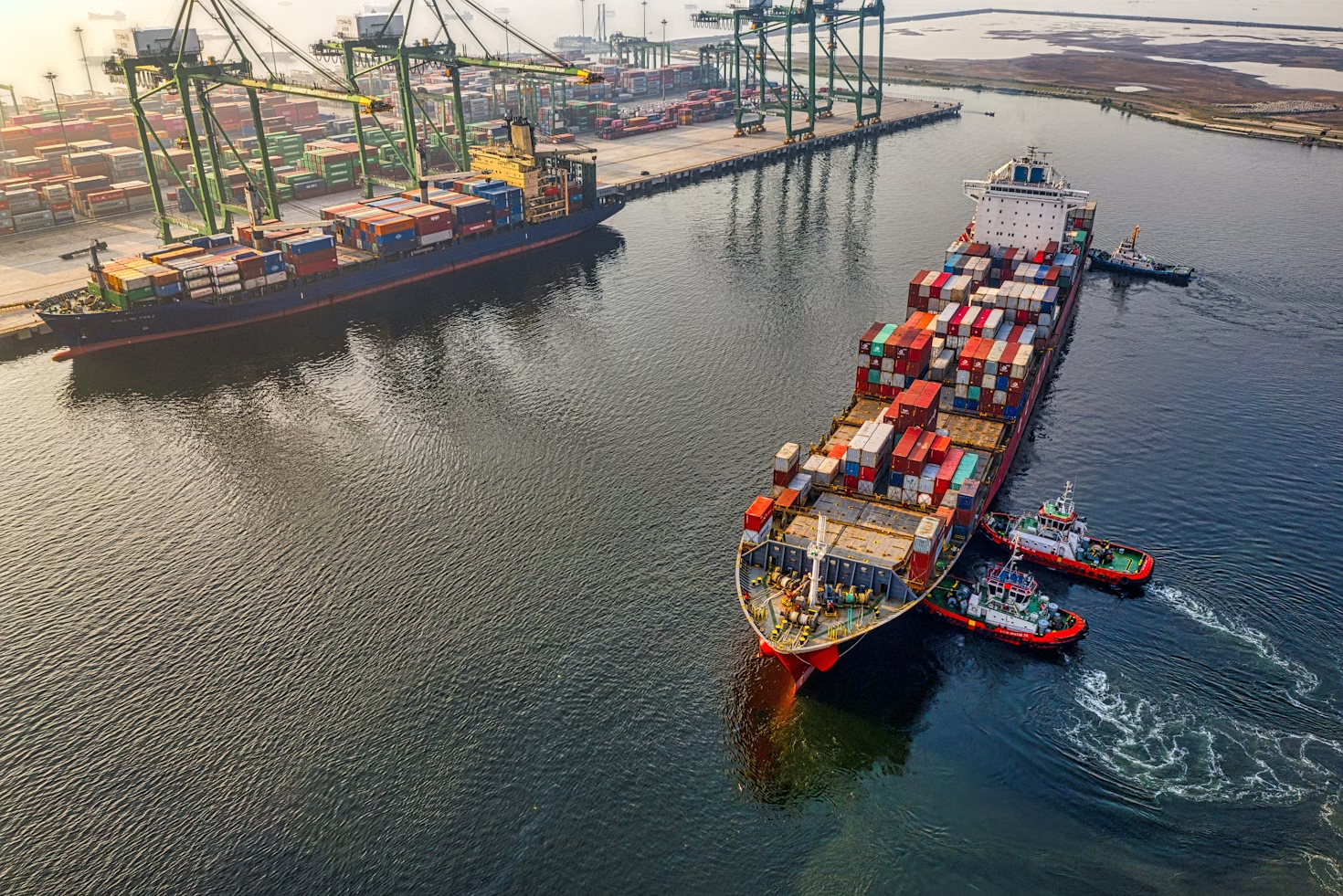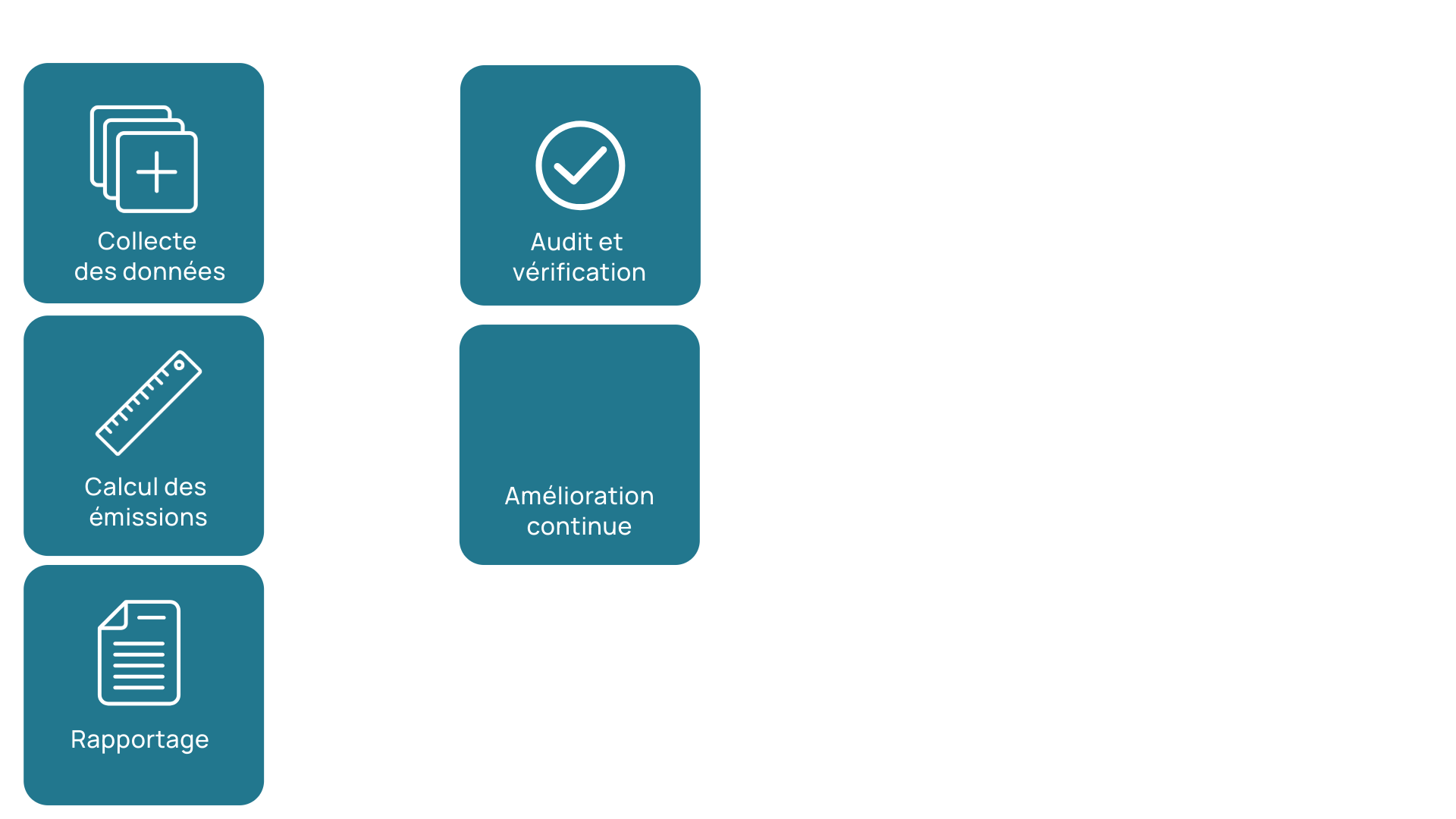The silent revolution of the CBAM: impacts on importers and suppliers

The Carbon Border Adjustment Mechanism (MACF) is ushering in a new era for European environmental regulation, imposing costs on imports from countries that are less stringent in terms of ecological standards. This measure aims to reduce global CO2 emissions by balancing the environmental cost between local and international producers, while fighting against carbon leaks.
The impacts of this mechanism on importers and their suppliers are major and profound, significantly influencing their operational costs and supply chain strategies. It also affects how suppliers measure their emissions, leading to increased needs for new tools and investments.
This article will explore the various ways in which the MACF affects these economic actors, detailing the challenges they face and the strategies they can adopt to effectively comply with these new requirements. By better understanding these issues, the companies concerned will be able to better anticipate and manage the associated risks, while seizing the sustainable development opportunities available to them.
Impact on importers
The MACF introduced by the European Union is a fundamental change for European importers, aimed at integrating the environmental costs of products imported from countries that are less stringent in terms of environmental regulations. This initiative seeks not only to reduce global CO2 emissions but also to rebalance the conditions of competition between European and foreign producers, profoundly influencing the commercial strategies of importers.
Increased cost of imports
The most direct impact of the MACF on importers is the increase in costs. For each ton of CO2 emitted during the production of imported goods, importers must buy carbon certificates. For example, if the carbon price is set at 50 euros per ton, and a product generates 100 tons of greenhouse gas emissions, this represents an additional cost of 5,000 euros. These additional costs can reduce margins or be passed on to consumers, affecting the competitiveness of products on the European market.
Administrative complexity and compliance risks
The MACF requires accurate and rigorous management of emissions data. Importers must not only track the emissions associated with their imported products but also ensure the accuracy of the data provided by their suppliers. Errors in emissions reporting can lead to severe financial penalties, increasing operational and financial risks for businesses.
Strengthening relationships with suppliers
To comply with the requirements of the MACF, importers need to improve their relationships with suppliers. This may involve investments in supplier training, the adoption of advanced technologies to monitor emissions, or even the restructuring of supply chains to favour suppliers that can meet the EU's strict environmental standards. These steps require not only financial resources but also time and strategic planning.
Strategic adaptation opportunities
Despite the challenges, the MACF presents opportunities for proactive importers. Those who anticipate and adapt effectively to the new rules can not only minimize negative impacts but also strengthen their market position. For example, by investing in reducing emissions throughout their supply chain, importers can benefit from reduced costs over the long term and improve their brand image among consumers who are increasingly aware of environmental issues.
MACF FAQ: essential questions
Q1: How are certificate costs calculated?
The costs are based on the CO2 emissions associated with the production of imported goods, measured in tons of CO2 emitted.
Q2: Will the MACF impact the measurement and calculation of emissions at my suppliers?
Yes, your suppliers will need to adopt accurate emission measurement methods to comply with MACF requirements.
Q3: What are the MACF reporting requirements and how can they affect my business?
Importers are required to report emissions from their supply chains and to ensure the accuracy of this data. Errors or omissions can result in severe financial penalties, underlining the importance of accurate data management.
Q4: How can I improve my relationships with suppliers to ensure compliance with the MACF?
Collaborate closely to ensure they understand and comply with MACF requirements. This may include training, the adoption of more accurate emission measurement technologies, or even the restructuring of contractual agreements to include environmental compliance clauses.

Impact on suppliers
The MACF not only imposes challenges on importers but also exerts a considerable influence on their suppliers located outside the EU. They must adapt to rigorous emission reporting requirements, which can profoundly transform their functioning and competitiveness on the international market.
Increased transparency requirements
One of the first impacts of the MACF on suppliers is the obligation to improve the transparency of their greenhouse gas emissions. This often requires investments in new measurement and reporting technologies, as well as in staff training to manage these systems effectively. Suppliers should provide detailed data on the direct and indirect emissions associated with the production of goods exported to the EU.
Modification of production processes
One of the first impacts of the MACF on suppliers is the obligation to improve the transparency of their greenhouse gas emissions. This often requires investments in new measurement and reporting technologies, as well as in staff training to manage these systems effectively. Suppliers should provide detailed data on the direct and indirect emissions associated with the production of goods exported to the EU.
Pressure on costs and competitiveness
The additional costs associated with MACF compliance can also affect product prices, affecting the competitiveness of suppliers in the global marketplace. Suppliers that manage to minimize the impact of MACF on their costs will have a significant competitive advantage, while those who cannot absorb or reduce these costs could lose market share to more compliant competitors.
Legal and reputational risks
Beyond financial costs, suppliers facing the MACF also risk legal and reputational consequences if they fail to comply with regulations. Errors in reporting emissions or non-compliance with standards can lead to sanctions, affecting not only finances but also the reputation of the companies concerned.
Collaboration opportunities
The MACF can also open up opportunities for closer collaboration between importers and their suppliers. To meet the requirements of the MACF, importers may choose to work more closely with their suppliers to help implement emission reduction practices. This may include sharing best practices, financial support for technology upgrades, or even strategic partnerships for the development of innovative low-emission products.
Adaptations and strategies
Faced with the requirements of the MACF, companies must not only comply but also strategically adapt to minimize financial and operational impacts. This section explores the strategies and adaptations that are essential for effectively navigating the MACF landscape.
Optimization of production processes
To reduce MACF costs, businesses need to review and optimize their production processes. This may include investing in cleaner, more energy efficient technologies. For example, the integration of heat recovery systems or emission reduction technologies can significantly reduce CO2 emissions. By improving energy efficiency, businesses not only reduce their tax burden under the MACF but also improve their overall sustainability.
Diversification of supply sources
In order to reduce dependence on carbon-intensive materials, businesses can diversify their supply sources. By choosing suppliers based in regions with strict environmental policies, importers can potentially reduce the emissions associated with their imported products. This strategy requires careful analysis of the supply chain to identify and assess alternative suppliers.
Team training and awareness-raising
Educating and training internal teams on the implications of MACF is crucial to ensure effective understanding and management of new regulations. Regular seminars, workshops, and training programs can help keep all employees up to date on best practices for reducing emissions and regulatory compliance.
Use of emissions management software
Adopting specialized software for emissions management can facilitate accurate data collection, monitoring, and reporting required by the MACF. These technological tools make it possible to monitor emissions in real time, analyze data to identify emission hotspots, and generate reports that comply with MACF standards.
Collaboration with sustainability consultants
Working with sustainability consultants can provide valuable insights and customized strategies to meet MACF requirements. These experts can help better understand regulatory complexities, optimize operational practices, and develop long-term plans for compliance and energy efficiency.
In conclusion
The introduction of the Carbon Border Adjustment Mechanism (CBAM) is a profound transformation for importers and their suppliers, involving strict emission reporting requirements and a considerable impact on costs and competitiveness. This regulation encourages businesses to adopt more sustainable practices and improve environmental transparency, while posing new challenges in terms of compliance and collaboration with supply chains.
To effectively navigate this complex regulatory framework, it is crucial for importers to understand the implications of MACF, to collaborate closely with suppliers, and to invest in emissions-reducing technologies. By adopting these proactive measures, businesses can not only avoid penalties but also seize opportunities to continuously improve and strengthen their competitiveness in the global marketplace.
Keewe offers you a specialized support to help you adapt to MACF requirements, optimize your processes and ensure effective compliance. Take this path to transform regulatory challenges into sustainable competitive advantages.




.jpg)
.jpg)

